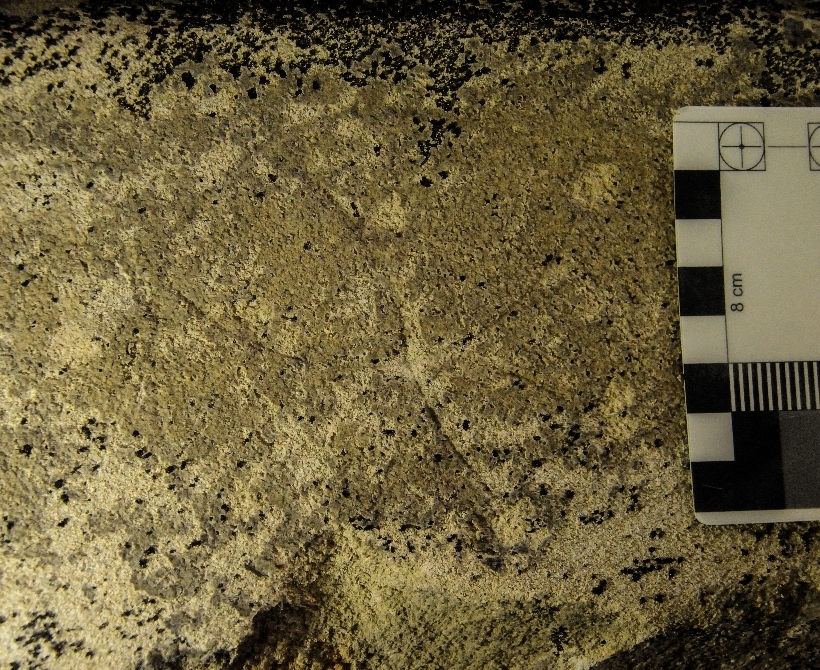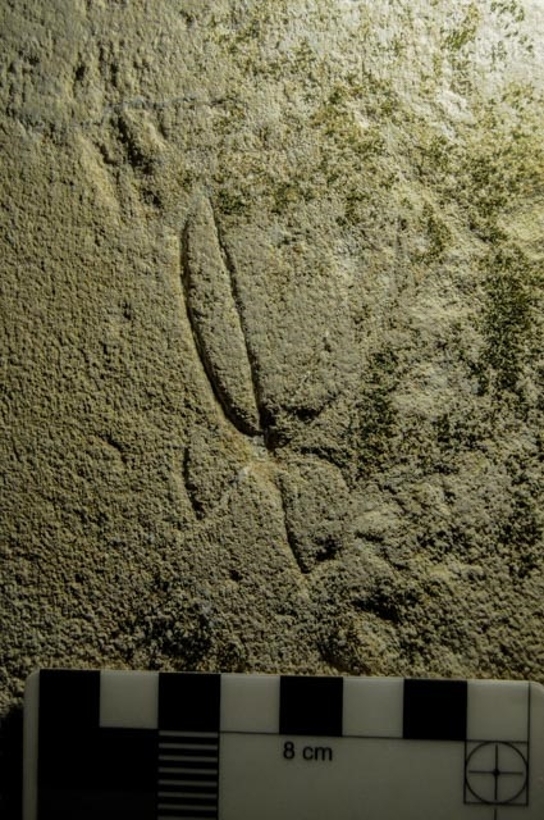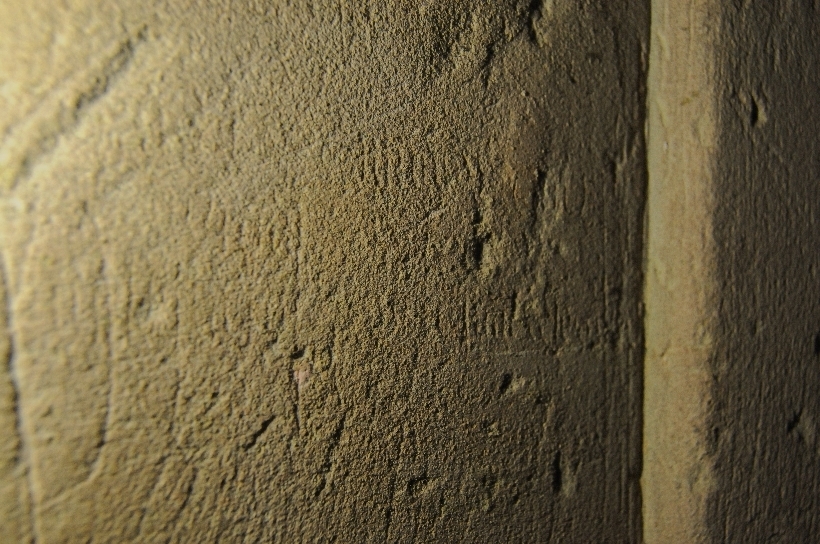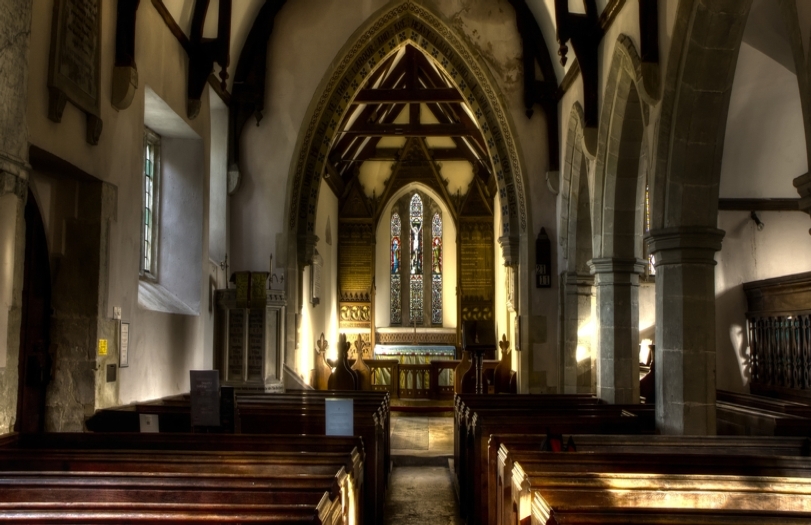The Writing's on the Wall: St Mary's, Maddington
“Restored in 1854 by TH Wyatt” is not a phrase that resonates well with Wiltshire Medieval Graffiti Survey. Often restoration involves the heavy cleaning of stone and the liberal application of lime whitewash, which hinders efforts and indeed loses the graffiti until the next round of restoration unveils it. St Mary’s hasn’t succumbed as much as others, however, and has revealed some gems.
These include a compass-drawn apotropaic hexafoil (also known as a 'Daisy Wheel'), which was deliberately left incomplete. The hexafoil is a historic symbol steeped said to bring good luck and spiritual protection by capturing the evil eye. Hexafoils encompass many different geometric shapes and angles within them. This may have been thought to enhance their ability to protect; it also demonstrates the makers' understanding, on a more material level, of geometry, angles and architectural construction.

The porch at Maddington hosts a small tribute in the form of shears or scissors. This may symbolise textile production or farming, which were both important local industries.
It is also thought that some inscriptions were made with this versatile tool: shears and scissors were often a part of daily apparel and carried around. This is a rare inscription in Wiltshire: so far only one similar example has been recorded.

This piece of finely inscribed scripture requires further scrutiny. This eroded piece of stone has been placed at a peculiar angle so that it is not easily visible, however its position near to a window may allow visibility at certain times of the day or year. For now it remains an enigma.

____________________________________________________________________________
This information was provided by the Wiltshire Medieval Graffiti Survey (WMGS). In late 2015, this group began recording graffiti in churches under the care of the Churches Conservation Trust in Wiltshire. Their work has involved fortnightly visits by a dedicated team, where local people are invited to take part and gain an alternative view of the fabric of their church.
The variety of historic graffiti has been immense from personal initials, often with a date, to enigmatic symbolism that has its roots in protection of a sacred space.
To record the inscriptions, a multi-LED torch was used at a sharp, oblique angle in order to emphasise shadowing of the incision, often referred to as a “raking light”. The result can “reverse” the incision into a positive relief rather than negative, making for easier interpretation.
Further detail can be captured using Photogrammetry and Reflectance Transformation Imaging (R.T.I).
Each image taken is referenced on a photo log sheet detailing the surveyors, a brief description and the all important photo frame number.
The group's work has been submitted to the Historic Environment Record. It has been submitted in a standardised form to ensure consistency in reporting. The advantages of this include access to, and correlation of material on a national level will enhance understanding across the country not just on a county level.

